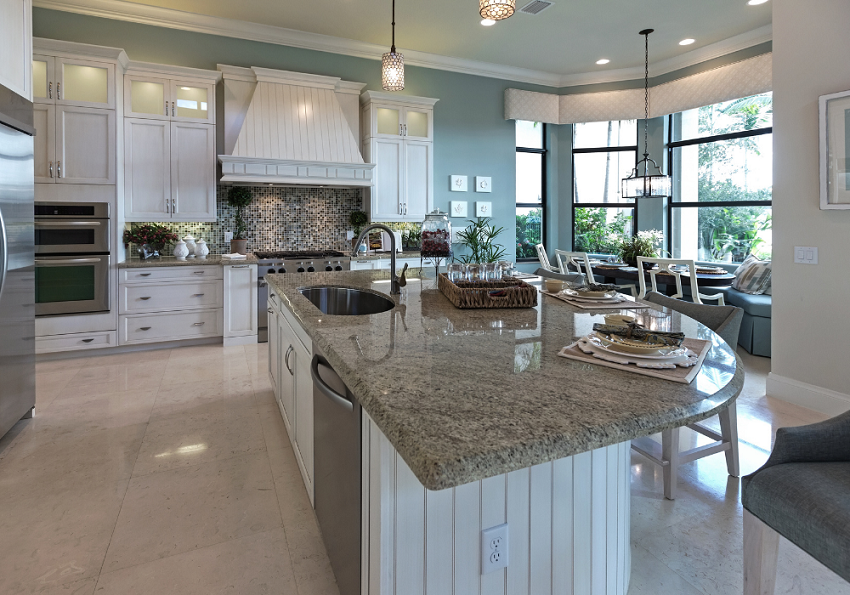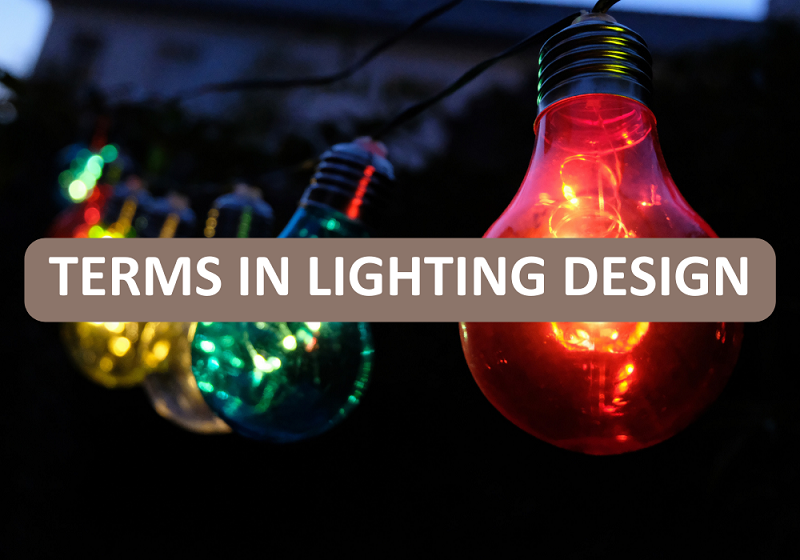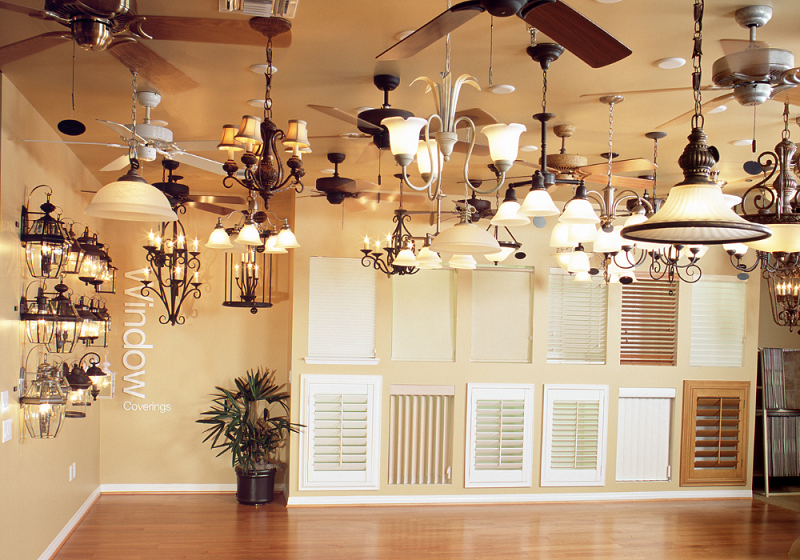Nothing exists without light. You need it every day and every time. Everything about lighting sounds simple, yet also so intricate that many people think lighting design is a kind of investment. Why is it so important, and how can you apply it to your own home? Here’s a walkthrough of it.
Lighting design is administering lighting sources to fill the spaces as intended. It acts as a medium to help us interpret our surroundings and create the atmosphere we desire.
Lighting design is an intricate branch of study and is beneficial to many fields. It’s used for interior lighting design, such as residences, art galleries, and theaters, as much as outdoor needs, such as garden lamps, guidance lights, etc.

You may wonder, “What’s all this deal about lighting?”
Or maybe “I just need lighting to see my surroundings, isn’t that enough?”
If you speak from a basic needs perspective, it’s enough. However, the purpose of lighting design is more than meets the eye. There are huge benefits to reap should you pay more attention to it. How so?
There’s a scientific way to explain this. But, simply put, the different radiance of light will determine how the object’s color would appear; darker or lighter.
The same goes for the texture or depths of an object. A smooth-surface object tends to reflect the light well, so the thing will look brighter. Vice versa, when the light hits a rough-surface object, it will make it look darker and more intense
Well-lit spaces or objects will naturally and instantly attract the human gaze. Playing with lights will help you attract attention or make a focal point out of the space.
The lighting in certain spaces is strongly connected to how humans perceive it. Thus, it affects the way they feel about the space. Now, try to imagine a dimly lit hotel hall. Would it make the guests feel welcomed? Of course not. That’s how influential lighting is to your mood.
Moreover, a good lighting design will improve your daily performance, safety, and security. It’s also beneficial to initiate social interactions and even score another customer and increase sales.
So, lighting is more than just a function. It’s more than a design. It’s rather about investing to ensure you and your family’s well-being to live a fulfilled life.

So, now you understand the importance of lighting. If you’re ready to take the next step, here are lighting design terms to help you pick what’s best to suit your lighting needs.
CCT defines the light source’s color. It’s usually marketed with “warmth” or “coolness .”It ranges from 2700K to 6500K. The higher the number, the “cooler” the light that emits.
CRI indicates that objects’ color will appear. It will help you make an object look ‘alive’ and ‘real .’It ranges from 0 to 100, and the higher the number, the more obvious the color would look.
IP indicates the lamp’s level of protection against dust and water. It’s usually written as ‘IP,’ followed by two digits of numbers. The first digit represents its durability from dust and the second from water. The higher the number, the better the protection.
Basically, the two terms indicate the intensity of brightness coming from the lighting. While lumen represents the intensity of the whole space, lux represents the intensity of certain objects.

Now that you’re fully equipped with the knowledge, you’re ready to apply a proper lighting design to your home. Take the word from the expert and start planning.
There are three types of lighting in interior design; ambient light, task light, and accent light.
Ambient light usually acts as the focal point and atmosphere-maker of the room. Meanwhile, a task light is great in a certain area where you do certain activities. Lastly, an accent light is a good choice to decorate the room and add character.
The key to a great light design is adding all kinds of lighting to a room. However, the three of them might overlap, so it’s best not to force it if it doesn’t feel right.
In the era of multitasking, it’s only natural to have lighting that’s doing two jobs at once. Whenever you find your lighting annoyingly bright, get a set of adjustable dimmers and adjust it however you need.
So, who do you contact when you need more information on lighting design? Well, Elca is always available for you.
As a professional lighting company, Elca provides a variety of lighting products, ranging from indoor to outdoor to underwater lighting. So, should you need any more information or products about lighting design, don’t hesitate to call Elca.
You must be logged in to post a comment.
There are no comments to this article.